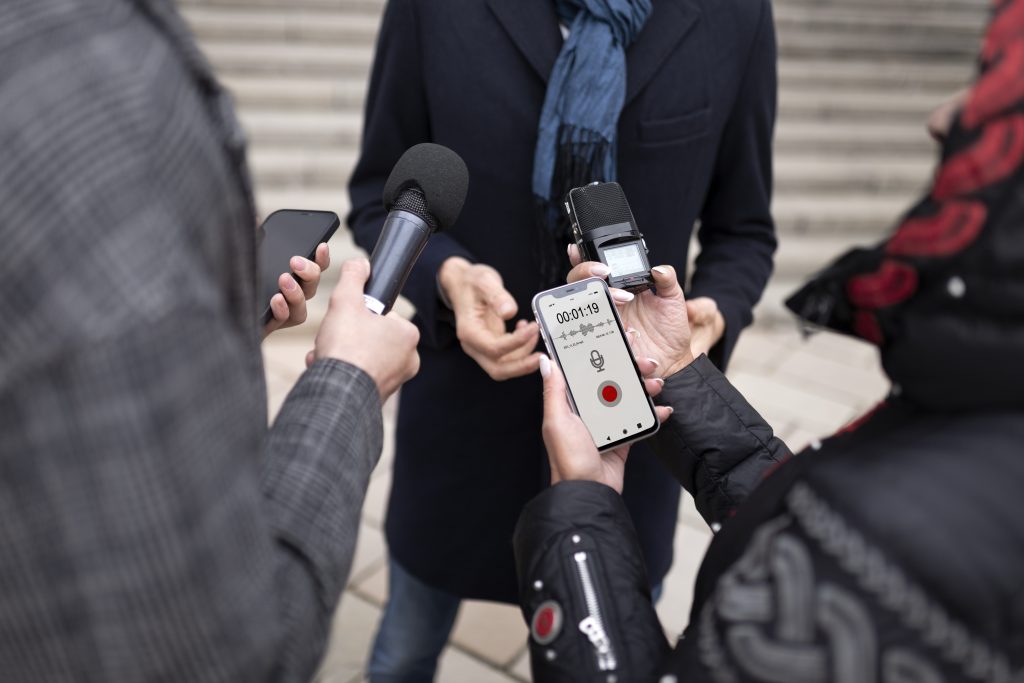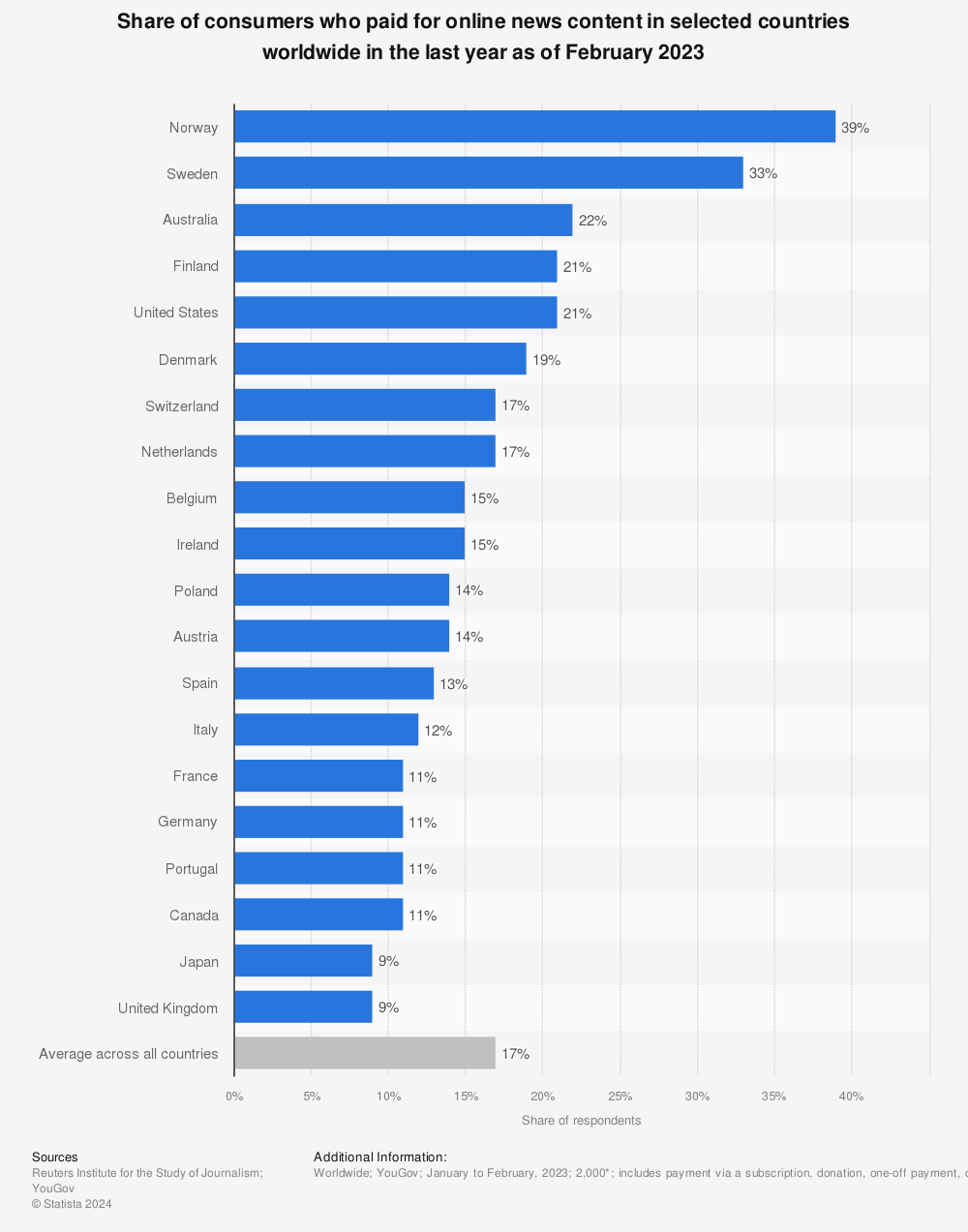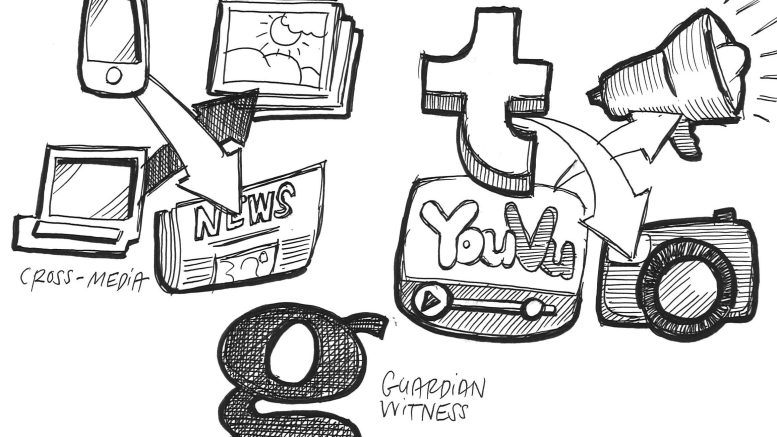Foundations of the Web
The founding imaginaries of the internet were that of transdisciplinary collaboration, freedom of expression, openness and connectedness that was able to surpass physical location. Along with the internet, the digital revolution was promised to bring with it an “era of transformative abundance and prosperity” (Karpf, 2018).
These ideologies of global connectedness and widespread accessibility rooted in the birth of the internet is a notion echoed in the media. More specifically, the disruptive and liberal nature of the internet was expected to completely alter the trajectory of information access, dismantling large media corporations in favour of collaboration (Gillmor, 2006 as cited in Schrape, 2016).
There are shared commonalities between these two realms however, we’ll be investigating the complex interplay between the media and the internet, through the lens of governance, content moderation and harms within contemporary internet culture.
The Media: Past and Present
Traditional media or mass media and contemporary media need to be understood as separate entities but remain complexly and closely intertwined (Carpentier, 2007). Traditional media is typically understood to be in the form newspapers, television and radio broadcasting, and magazines as a source of information. Historically, this was the dominant way in which people were to access information about the world. Contemporary media is a re-imagination of the ways in which modern society can access and share information about the world.
Modern media is founded by and through online platforms, social media sites and through user-generated content. Modern and traditional media are frequently painted as being dichotomous with the latter being excluded from research into the participatory culture of the internet (Carpentier, 2007). However, this perception of a clear distinction between traditional and modern media is becoming increasingly hazy as a result of media convergence (Flew et al., 2019).
The notion of media convergence or convergence culture is understood as a phenomenon whereby “information and communications technologies, computer networks, and media content” are becoming increasingly interconnected in the wake of the new age of the internet and the digital revolution (Carpentier, 2007; Flew, 2023).

Internet Intermediaries and Platforms
In the current digital climate, media evolution is characterised by a radical transformation of the typical ways we associate with accessing, distributing, and consuming information. Central to understanding the transformative nature of media and communication in a digital era are two key concepts which have become the foundation of the modern conceptualisation of communication – internet intermediaries and platforms.
Internet intermediaries can be understood as an increasingly wide and diverse range of technologies and systems that enable and encourage interactions with and through, the use of the internet. Internet intermediaries range from search engines and aggregators to social media platforms such as Facebook and Instagram and play an instrumental role in the distribution and control of information found across the digital landscape. Internet intermediaries act as a more effective means by which users can manage content and online interactions (Flew et al., 2019).
Much like the internet, and intermediaries were a way in which people were able to connect with others, collaborate and encourage new affordances and opportunities to foster connection with others (boyd, 2010).
Content Moderation: New Attention, Old Practice
Within the media sphere, media and journalistic endeavours have been known to involve a prescribed set of editorial standards, journalistic ethics, and guidelines that are utilised to ensure an accurate and fair portrayal of information published to the public.
Traditionally, media policy operated around the assumption that information brought to publishers and broadcasters would have been rigorously and meticulously scrutinised to maintain ethical guidelines as well as to control the standard of material being distributed to their respective audiences (Flew et al., 2019; Howarth, 2015). However, with the advent of media digitisation through social platforms, the traditional realms of media operations and processes have been challenged and required dramatic transformation to maintain some form of authority within the digital climate.
Content moderation on internet intermediaries and platforms
Content moderation is a concept that has become synonymous with the digital age and social media platforms, where user-generated content has the potential to be distributed rapidly and widely. Gillespie (2019) referred to platforms as being the world’s most powerful editor, and this hold true in the context of the media and internet intermediaries. Much like the ways in which the media serves as gatekeepers in determining public content, internet intermediaries similarly employ content moderation which involves the overseeing and regulating user-generated content in compliance with prescribed community guidelines and legal standards through automated algorithms and human moderators to review and remove content that may violate said guidelines.
Much like traditional media, information available on social media platforms play a huge role in shaping public discourse and influencing policy (Popiel, 2018). However, the challenges of content moderation extend beyond technical and logistical complications. It raises questions about freedom of speech, political and algorithmic biases, as well as the role commercial companies in shaping and regulating public discourse (Flew et al., 2019). Consequently, practices and policies informing content moderation continues to be a subject of academic attention and public scrutiny.
Real life ramifications
Media outlets, as well as platforms and intermediaries have been shown to hold considerable lobbying power, by leveraging their reach, knowledge, and influence in order to shape political decision-making in favour of corporate agendas (Popiel, 2018). In Australia alone, considerable attention has been given to the political and commercial interaction with digital networks as seen through The News Media Bargaining Code and proposed legislation limiting interaction with social and political issues on social media.
However, the influence of media exists and operates under governance that is not universal and consequently, makes regulation of content on digital platforms incredibly difficult (Gillespie, 2019). The rise of the “Splinternet,” highlights that attempts at reconciliation between competing international requirements, interests, and legislation in the modulation of online content has proven to be fantasy rather than a reality.

Interestingly, traditional news media is often the root of criticism aimed at digital platforms’ content moderation practices by asserting their firm role exacerbation of societal issues, including the spread of misinformation, disinformation, and privacy concerns. However, news media industries rely quite heavily on these various digital platforms for distribution and engagement of published content. This creates an interesting contradiction in which media organisations campaign against yet continue to utilise social media platforms (Flew et al., 2019; Gillespie, 2019; Karppinen, 2017).
There has been growing attention surrounding human rights in the digital age and may be reflective of the potential threat that the internet and technology could pose on human rights. This could include issues of privacy, surveillance, exploitation of content and data, as well as stifling users’ freedom of speech (Karppinen, 2017). Thus, human rights need to be re-evaluated and redefined to suit the current digital climate. Additionally, it may provide a more definitive outline of user rights and responsibilities within various platforms as well as the extent to which platforms can enact editorial principles upon its users through content moderation (Picard & Pickard, 2017).
Moving forward
It is within this context that the promise of European Freedom Act is significant. This legislation aims to establish a comprehensive framework for digital platform regulation in Europe, potentially reshaping the relationship between social media platforms and content moderation on a global scale. By imposing stricter rules on platforms to combat misinformation, protect user privacy, and ensure transparency, it represents a step forward in addressing the complex governance challenges of the digital age.
European media freedom act [Policy podcast] by the European Parliamentary Research Service via YouTube.
To navigate these complexities in a manner that is both effective and harmonious, it is critical to consider a few suggestions. Firstly, given the global space that digital platforms occupy, enhancing coordination and collaboration between diverse governmental and regulatory bodies are necessary but not independently sufficient to better manage some of these challenges (Popiel, 2018, p. 575). Secondly, successful moderation solutions could be achieved through including relevant stakeholders such as users, civil society organisations and tech experts, in policy discussions and decisions. Lastly, cultivating accountability and transparency among digital platforms and media organisations would be fundamental in the establishment trust which may act as a gateway to ensuring fair and responsible content moderation practices, while still enabling the dissemination of information.
References
boyd, danah. (2010). Social Network Sites as Networked Publics: Affordances, Dynamics, and Implications. In Z. Papacharissi (Ed.), A Networked Self: Identity, Community, and Culture on Social Network Sites (pp. 47–66). Routledge. https://doi.org/10.4324/9780203876527-8
Carpentier, N. (2007). Theoretical frameworks for participatory media. In N. Carpentier, P. Pruulmann-Vengerfeldt, K. Nordenstreng, M. Hartmann, P. Vihalemm, B. Cammaerts, & H. Nieminen (Eds.), Media technologies and democracy in an enlarged Europe (pp. 105–122). Tartu University Press. https://sydney.alma.exlibrisgroup.com/leganto/readinglist/citation/30912826660005106/file/viewer
European Parliamentary Research Service. (2023). European media freedom act [Policy podcast] [YouTube Video]. In www.youtube.com. https://www.youtube.com/watch?v=z3FsuEs8SYw
Flew, T. (2023). Media convergence. In Encyclopædia Britannica. https://www.britannica.com/topic/media-convergence
Flew, T., Martin, F., & Suzor, N. (2019). Internet regulation as media policy: Rethinking the question of digital communication platform governance. Journal of Digital Media & Policy, 10(1), 33–50. https://doi.org/10.1386/jdmp.10.1.33_1
Gillespie, T. (2019). All Platforms Moderate . In Custodians of the Internet : Platforms, Content Moderation, and the Hidden Decisions That Shape Social Media (pp. 1–23). Yale University Press. https://doi.org/10.12987/9780300235029
Hansen, E. E. (2016, September 8). Dear Mark Zuckerberg. I shall not comply with your requirement to remove this picture. Aftenposten.no; Aftenposten. https://www.aftenposten.no/meninger/kommentar/i/G892Q/dear-mark-i-am-writing-this-to-inform-you-that-i-shall-not-comply-with-your-requirement-to-remove-this-picture
Howarth, A. (2015). Exploring a Curatorial Turn in Journalism. M/c Journal, 18(4). https://doi.org/10.5204/mcj.1004
Karpf, D. (2018). The Future Was So Delicious, I Ate It All. Wired, 26(10), 112. Gale General OneFile. https://link.gale.com/apps/doc/A555563379/ITOF?u=usyd&sid=bookmarkITOF&xid=700c99eb
Karppinen, K. (2017). Human rights and the digital. Helda (University of Helsinki). https://doi.org/10.4324/9781315619835-9
Picard, R., & Pickard, V. (2017). Essential Principles for Contemporary Media and Communications Policymaking. Reuters Institute for the Study of Journalism. https://reutersinstitute.politics.ox.ac.uk/sites/default/files/research/files/Essential%2520Principles%2520for%2520Contemporary%2520Media%2520and%2520Communications%2520Policymaking.pdf
Popiel, P. (2018). The Tech Lobby: Tracing the Contours of New Media Elite Lobbying Power. Communication, Culture and Critique, 11(4), 566–585. https://doi.org/10.1093/ccc/tcy027
Schrape, J.-F. (2016). Social media, mass media and the “public sphere”: Differentiation, complementarity and co-existence. In ECONSTOR (No. 2016-01). Universität Stuttgart, Institut für Sozialwissenschaften, Abteilung für Organisations- und Innovationssoziologie. http://hdl.handle.net/10419/147409


